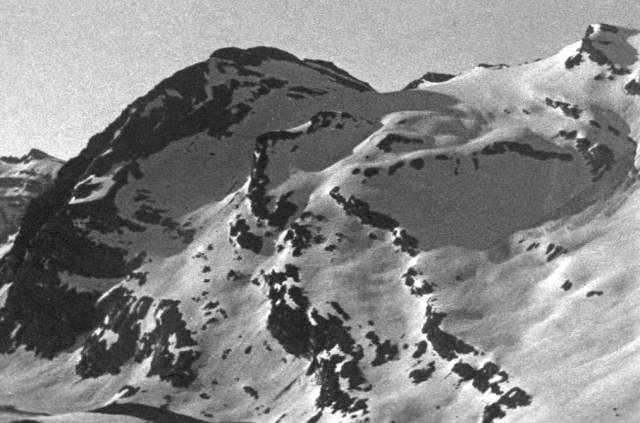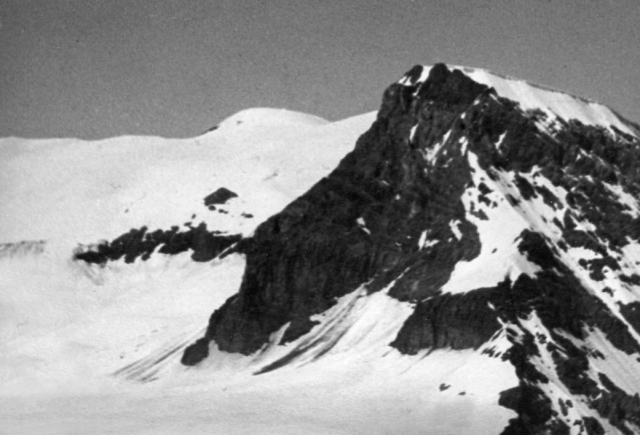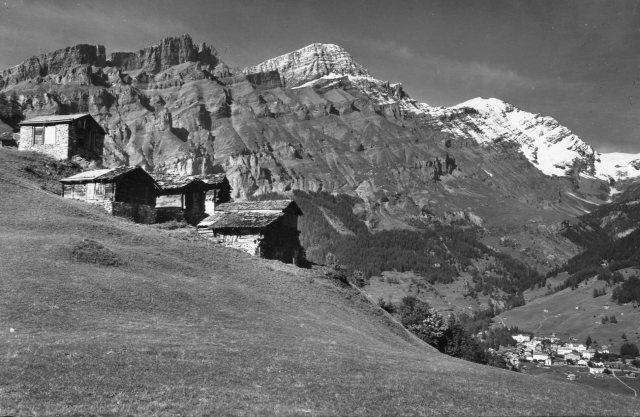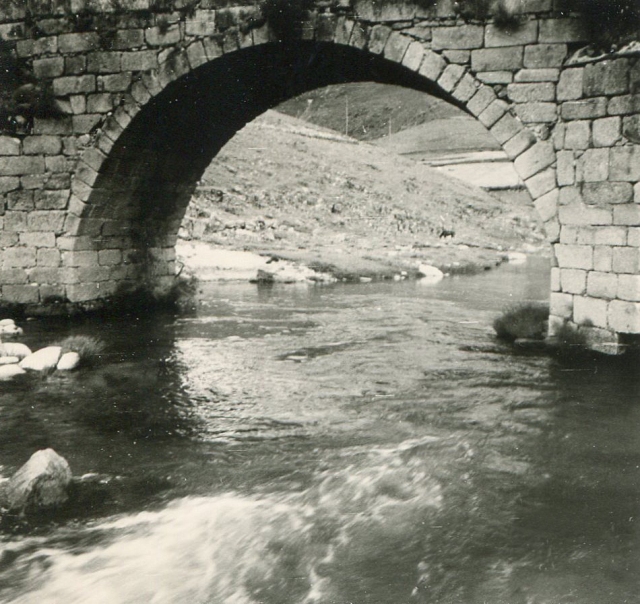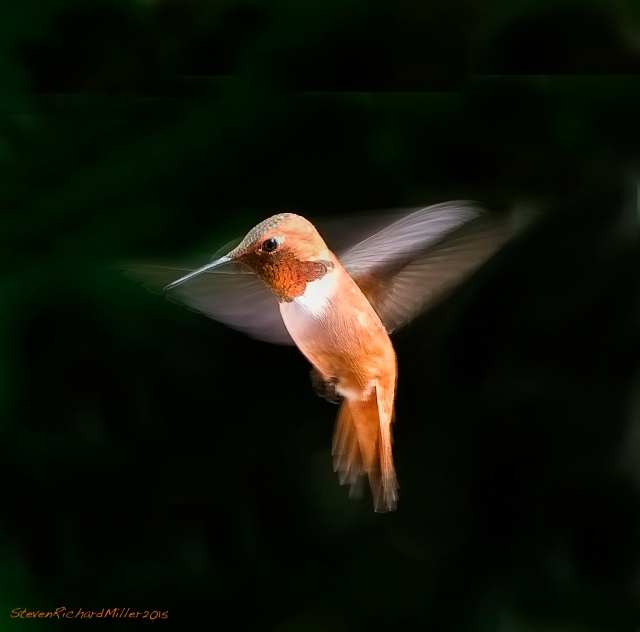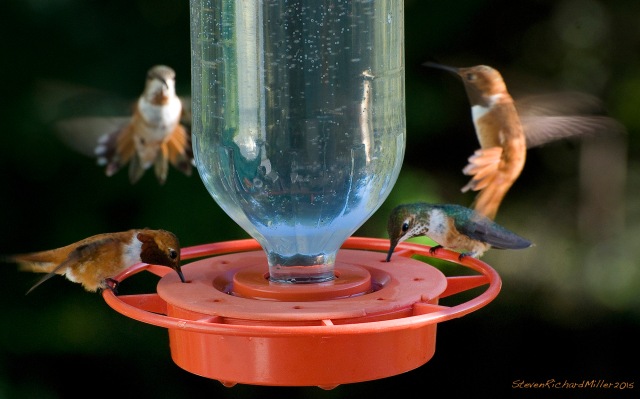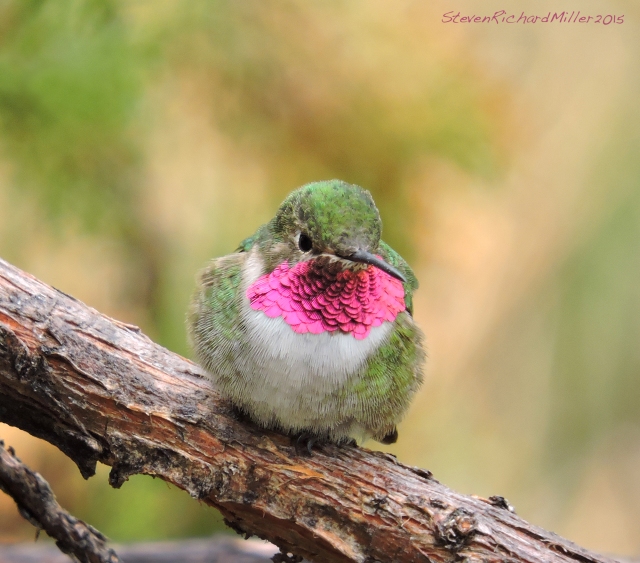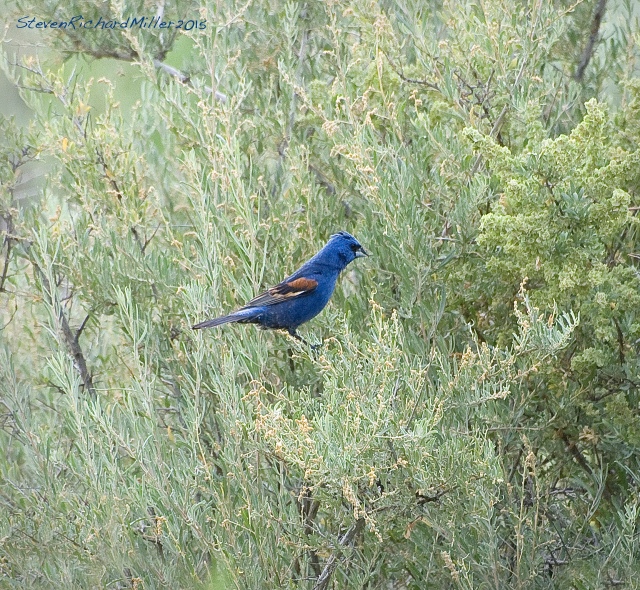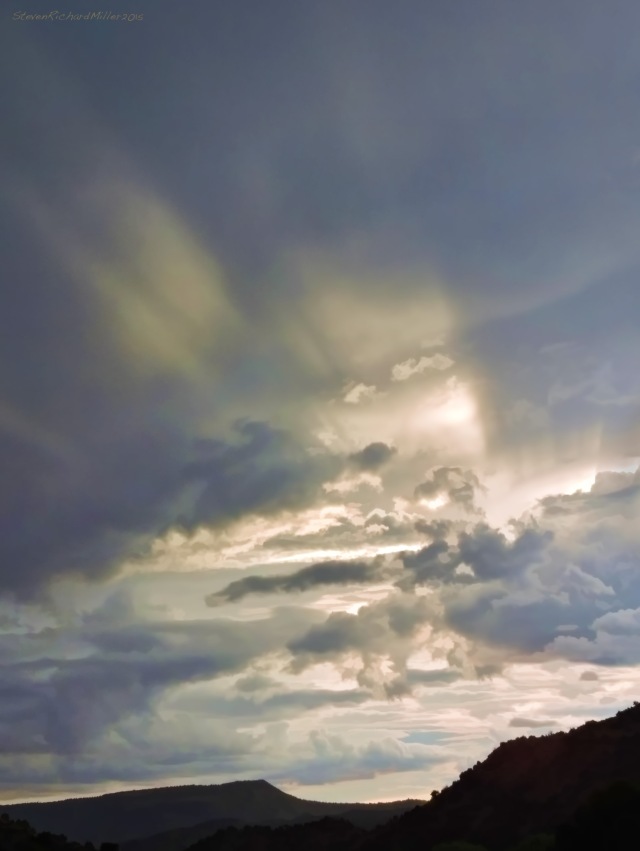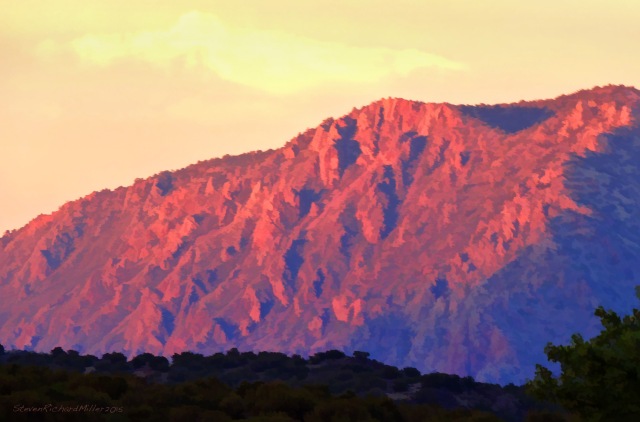The Alps! What a fantastic collection of mountains, and climbing there is made more convenient (than in the US) by the presence of cable cars, chairlifts, mountain railways and huts. Now, don’t get me wrong. I LOVE the wilderness that surrounds most American mountain ranges. But, simply stated, the ambitious climber gets more bang for the buck in the Alps.
I left Germany for Switzerland in mid-June, which is still early in the Alps, with lots of snow remaining in the mountains. Since I was traveling by myself at this point, I chose a relatively easy area for my first climbs, in the western end of the Bernese Oberland. I took a train to Kandersteg, which is located in a gorgeous valley right at the foot of the mountains. Not far from the center of town, at the very upper end of that valley, the train tracks enter a long tunnel which comes out at the other side of the range, at Leukerbad. Not far from the tunnel entrance is the base station of a 40 passenger cable car, which soars immediately and steeply upward past cliffs and forested ledges and arrives at Sunnbüel, near the Gemmi Pass. This was my first alpine cable car ride and I found it awe-inspiring. From the top station I walked to a nearby mountain hut for the evening, and early in the morning left to climb the Rinderhorn by the north face, an easy snow climb. (The following photos, and the ones seen in the prior chapter, were taken with a “subminiature” Minox camera, that produced 8X11 mm negatives.)

Rinderhorn, view from the summit to the south, of Monte Rosa (second highest peak in Europe) in the Pennine Alps
After this climb, I walked south past the Daubensee, a high lake that sits astride the range (see postcard below), to another mountain hut, the Lammerenhutte, and from there climbed the Daubenhorn (elevation: 2942 m / 9652 ft), on June 27. From the summit of the Daubenhorn one looks directly down onto Leukerbad.
On June 28, I climbed the Steghorn (elev. 3146m) by its east ridge. and then descended to Leukerbad.

Steghorn, summit view east to Balmhorn (elev. 3698m) on the left, Rinderhorn in the center and the Aletschhorn in the distance
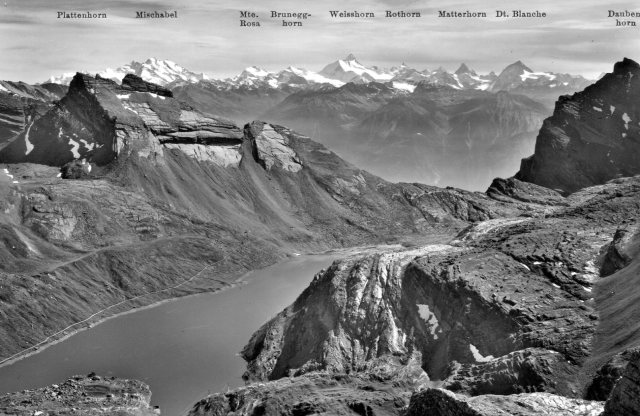
Daubensee, and the peaks of the Pennine Alps to the south (postcard). The Daubenhorn is seen on the far right.
From Leukerbad, I continued downhill into the Rhone Valley, turned west and crossed over into France. I must have passed through Chamonix, but apparently didn’t stop there, (or stop there for long), because my next climbs took place in the Dauphiné, a good-sized range southeast of Grenoble. These climbs will be seen in the following chapter.
https://believesteve.org/2015/08/09/travels-abroad-1962-3-chapter-3-the-dauphine/






